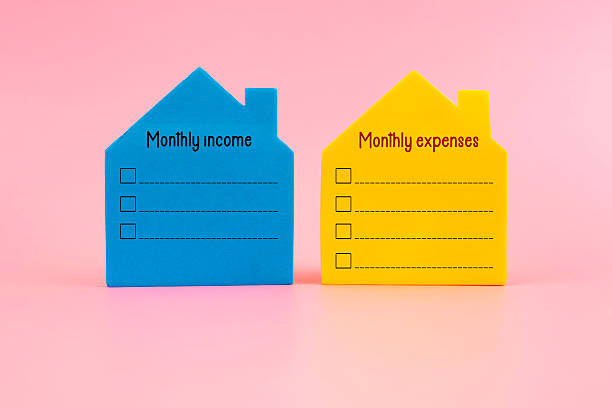
Student loans occupy a unique and complex space within personal finance, representing both an investment in future earning potential and a significant long-term financial obligation. For millions, they serve as the essential bridge to higher education, enabling access to careers and opportunities that might otherwise be out of reach. However, without careful management, this debt can become a burdensome anchor, delaying other life goals such as homeownership, retirement saving, or starting a family. Navigating
student loans successfully requires a strategic approach that acknowledges their dual nature as both a tool for advancement and a liability to be managed with intention.The first step toward effective management is a comprehensive understanding of the debt’s structure. Borrowers must familiarize themselves with their loan types—federal or private—as each carries distinct terms, interest rates, and repayment options. Federal loans often provide flexible repayment plans, forgiveness programs, and deferment options based on income, making them generally more manageable than private loans, which typically offer fewer protections. Consolidating multiple federal loans can simplify payments, while refinancing private loans may secure a lower interest rate, though often at the cost of losing federal benefits.Integrating student loan repayment into a broader personal finance plan is crucial. This begins with a detailed budget that prioritizes the monthly payment while still allocating funds toward an emergency savings fund and retirement contributions, however modest. For those with high-interest debt, employing strategies like the debt avalanche method—targeting loans with the highest interest rates first—can reduce the total interest paid over time. Exploring programs like Public Service Loan Forgiveness or income-driven repayment plans can provide pathways to manageable payments for those in qualifying professions or with lower incomes.Ultimately, student loan debt should be viewed not in isolation, but as one component of a larger financial picture. Proactive communication with loan servicers, continuous education about repayment options, and a commitment to consistent payments are essential for maintaining control. While the journey may require sacrifice and discipline, successfully managing this debt reinforces financial resilience and literacy. By approaching
student loans with a clear strategy, borrowers can honor their investment in education while steadily progressing toward debt freedom, ensuring that this liability serves as a stepping stone to prosperity rather than an obstacle to financial well-being.



 Student loans occupy a unique and complex space within personal finance, representing both an investment in future earning potential and a significant long-term financial obligation. For millions, they serve as the essential bridge to higher education, enabling access to careers and opportunities that might otherwise be out of reach. However, without careful management, this debt can become a burdensome anchor, delaying other life goals such as homeownership, retirement saving, or starting a family. Navigating
Student loans occupy a unique and complex space within personal finance, representing both an investment in future earning potential and a significant long-term financial obligation. For millions, they serve as the essential bridge to higher education, enabling access to careers and opportunities that might otherwise be out of reach. However, without careful management, this debt can become a burdensome anchor, delaying other life goals such as homeownership, retirement saving, or starting a family. Navigating 

